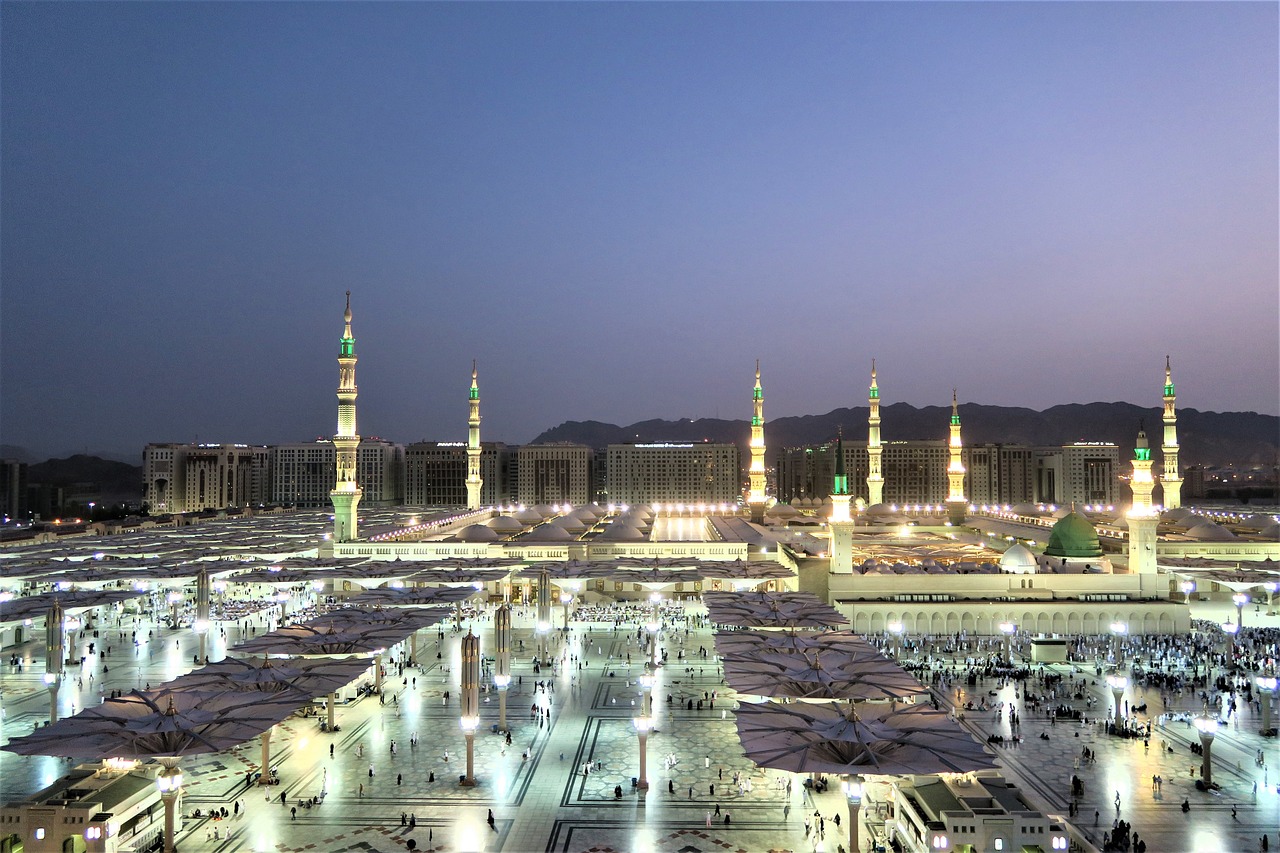The Origins and Legacy of Vili and Ve in Norse Mythology
In Norse mythology, Vili and Ve, alongside their brother Odin, are recognized as the earliest deities of the Aesir tribe. They are credited with the monumental act of creating the world from the remnants of the giant Ymir while also granting life to the first humans.
Essential Information
- Tribe: Aesir
- Domains: Creation (Vili embodies consciousness, intelligence, movement, reason, and understanding; Ve represents appearance, expression, features, and senses).
- Parentage: Sons of Borr and Bestla
- Siblings: Brothers of Odin
- Old Norse Names: Vili and Ve
Alternate Names and Roles
In the Prose Edda, it is stated that Odin collaborated with Vili and Ve during the world’s creation. However, the Voluspa introduces the names Hoenir and Lothur as Odin’s companions in this myth, leading to speculation that these names may refer to Vili and Ve, as many deities in Norse lore are known by multiple names across various texts.
Responsibilities of Vili and Ve
Vili and Ve played significant roles in Norse creation mythology. They fought against Ymir and were pivotal in forming the world and breathing life into the first humans, Asgard ruling during Odin’s temporary absence. Vili contributed to humans by granting them movement and reason, while Ve endowed them with senses and expressions.
The Creation of the Cosmos
Initially, the universe consisted solely of the Yawning Void, known as Ginnungagap, bordered by the realms of Niflheim and Muspelheim. It was from this void that the giant Ymir emerged, alongside a primordial cow, Audhumbla. As Ymir rested, he sweated, and from this sweat, the first Jotnar appeared. Audhumbla, nourishing Ymir, eventually led to the birth of the god Buri, who fathered Borr, and then Odin, Vili, and Ve.
Faced with the expanding population of Jotnar, the trio of gods resolved to confront Ymir. After a fierce battle, they triumphed and killed Ymir, from whom they shaped the cosmos. His blood formed the oceans, flesh formed the lands, bones created mountains, and hair became trees. In this way, they established the realms including Alfheim, Asgard, Helheim, Jotunheim, Midgard, Svartalfheim, and Vanaheim, ultimately birthing the Nine Realms.
The Birth of Humanity
Once the world was ready, Odin, Vili, and Ve journeyed across the Nine Realms. Walking along a beach, they stumbled upon two tree trunks. Inspired, they decided to infuse life into the logs, resulting in the creation of the first man and woman, named Ask and Embla. This act was not solely about granting life; each god bestowed unique gifts upon them. Odin imparted spirit; Vili offered intelligence and motion; and Ve provided appearance and sensory abilities, securing their place in Midgard.
Vili and Ve’s contributions are significant in Norse creation lore, yet little additional information exists regarding their activities. The only other mention is from Loki during a feast in Aegir’s hall, where he claimed that Vili and Ve briefly governed Asgard during Odin’s absence. Intriguingly, this was accompanied by accusations of impropriety involving Frigga, Odin’s wife.
Mentions in Ancient Texts
The Poetic Edda references Vili and Ve in the Lokasenna, whereas the Prose Edda discusses them in the Gylfaginning. They are also cited in the Ynglinga saga.
Frequently Asked Questions
Are Vili and Ve synonymous with Hoenir and Lothur?
While it’s not straightforwardly addressed, the Prose Edda attributes the creation of the first humans to Odin, Vili, and Ve. In contrast, Voluspa associates Hoenir and Lothur with this creation narrative. This discrepancy can cause confusion, yet a theory suggests that Hoenir and Lothur may represent the same divine beings as Vili and Ve, given the tendency for gods in Norse lore to have multiple names.
What became of Vili and Ve?
After Odin’s exile, Vili and Ve were invited by the Aesir to rule in his place. They accepted and demonstrated wisdom in leadership. However, their reign was short-lived as they were eventually replaced by Ullr. Historical texts do not clarify the reasons behind their ousting, leading to speculation about their actions during their rule.
Vili and Ve remain central figures in the narrative of creation in Norse mythology, their stories woven into the greater tapestry of divine heritage and human legacy.



